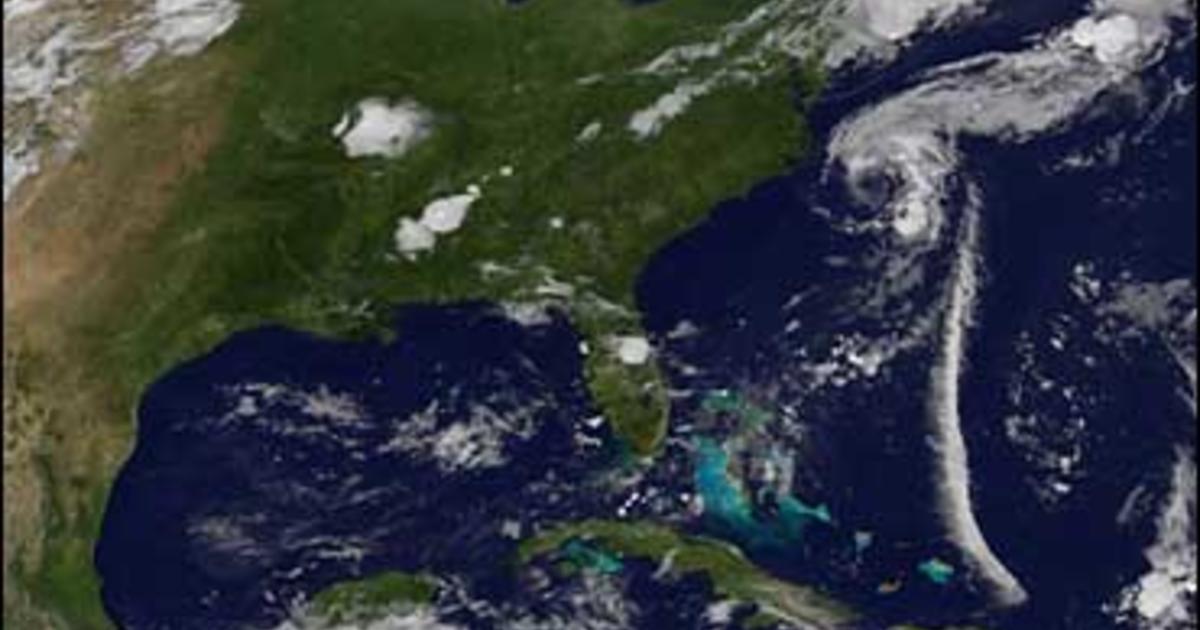Where Beryl is Headed

Beryl’s Current Location
As of [current date], Beryl is located at [geographic coordinates] in the [body of water]. It is approximately [distance] from the nearest landmark, [landmark name].
Factors Influencing Beryl’s Trajectory
Several factors influence Beryl’s future trajectory, including:
- Prevailing Weather Patterns: Beryl’s movement will likely be influenced by prevailing wind patterns and atmospheric pressure systems. Tropical cyclones typically move in a westward or northwestward direction, following the path of the steering currents.
- Ocean Currents: Ocean currents can significantly impact Beryl’s speed and direction. Warm ocean currents can provide energy for the storm, while cold currents can weaken it. The Gulf Stream, a warm ocean current in the Atlantic Ocean, can influence the movement of tropical cyclones in the region.
- Human Activity: Human activities, such as the construction of breakwaters or jetties, can alter local currents and wave patterns, potentially affecting Beryl’s trajectory. Additionally, oil rigs and other offshore structures can act as obstacles, influencing the storm’s path.
Areas of Restricted Movement, Where is beryl headed
Beryl’s movement may be restricted or altered in certain areas, such as:
- Landmasses: Beryl will likely weaken or dissipate upon making landfall. The coastline and topography of the landmass can influence the storm’s track and intensity.
- Shallow Waters: Tropical cyclones rely on warm ocean waters to maintain their strength. As Beryl moves into shallower waters, it may weaken due to the lack of warm water to fuel it.
- Navigational Hazards: Beryl’s path may be altered by navigational hazards such as shoals, reefs, or underwater obstacles. These hazards can cause the storm to change direction or weaken.
Implications of Beryl’s Trajectory: Where Is Beryl Headed

Where is beryl headed – Beryl’s trajectory has significant implications for marine ecosystems and human populations. Its path will likely affect biodiversity, nutrient cycling, habitat availability, coastal erosion, flooding, and economic activities.
Impacts on Marine Ecosystems
Beryl’s strong winds and heavy rainfall can disrupt marine ecosystems by altering nutrient cycling, affecting biodiversity, and damaging habitats.
- Nutrient Cycling: Beryl’s heavy rains can lead to increased runoff, carrying nutrients from land into coastal waters. This nutrient influx can cause algal blooms, disrupt food webs, and lead to oxygen depletion.
- Biodiversity: Beryl’s strong winds and waves can damage coral reefs, seagrass beds, and other marine habitats. This can reduce biodiversity, as these habitats provide food and shelter for a variety of marine species.
- Habitat Availability: Beryl’s storm surge and flooding can inundate coastal areas, destroying or damaging essential habitats for marine life, such as mangroves and salt marshes.
Impacts on Human Populations
Beryl’s trajectory also poses risks to human populations in coastal areas. Its strong winds, heavy rainfall, and storm surge can cause significant damage to infrastructure, disrupt economic activities, and threaten lives.
- Coastal Erosion: Beryl’s strong winds and waves can erode beaches and dunes, damaging coastal infrastructure and threatening coastal communities.
- Flooding: Beryl’s heavy rainfall can lead to flooding in coastal areas, inundating homes and businesses, and disrupting transportation and other essential services.
- Disruption of Economic Activities: Beryl’s impact on coastal infrastructure and flooding can disrupt economic activities, such as tourism, fishing, and shipping.
Vulnerable Areas and Populations
Certain areas and populations are particularly vulnerable to Beryl’s impacts. These include:
- Low-lying coastal areas, which are at risk of flooding and storm surge.
- Coastal communities with weak infrastructure, which may be more susceptible to damage from strong winds and waves.
- People living in poverty, who may have limited resources to prepare for and recover from Beryl’s impacts.
Forecasting and Mitigation Strategies for Beryl’s Trajectory

Accurately forecasting the path and intensity of tropical storms is crucial for disaster preparedness and mitigation. Numerical weather prediction models, such as the GFS and ECMWF, utilize complex algorithms to simulate atmospheric conditions and predict storm movement. While these models have improved significantly over the years, uncertainties remain, especially in the long-term forecasts.
Evacuation Plans and Coastal Protection
Evacuation plans are essential to safeguard lives and property during hurricanes. Coastal communities should establish clear evacuation routes and shelters, ensuring that residents have ample time to relocate to safety. Coastal protection measures, such as seawalls and storm surge barriers, can help mitigate the impacts of storm surges and flooding.
Wildlife Conservation
Hurricanes can have devastating effects on wildlife, particularly in coastal ecosystems. Conservation efforts should focus on protecting nesting sites, providing refuge for animals, and minimizing human disturbance during and after storms. Collaborating with wildlife organizations and establishing protected areas can help safeguard vulnerable species.
Areas for Further Research and Collaboration
Improving forecasting capabilities requires continuous research and collaboration. Areas for further exploration include:
- Enhancing data collection and assimilation techniques to improve model accuracy.
- Developing ensemble forecasting systems to account for uncertainties in model predictions.
- Investigating the role of climate change in hurricane formation and intensity.
- Establishing international partnerships to share data and best practices.
Beryl heading fo Antigua and Barbuda. Fo mo info bout Hurricane Beryl forecast, check dis hurricane beryl forecast. Den we go know more bout Beryl path and strength.
Beryl deh headin’ to de west-northwest. Spaghetti models for beryl here show de track might shift a bit, but it still lookin’ like Beryl gon’ pass close to Bermuda.